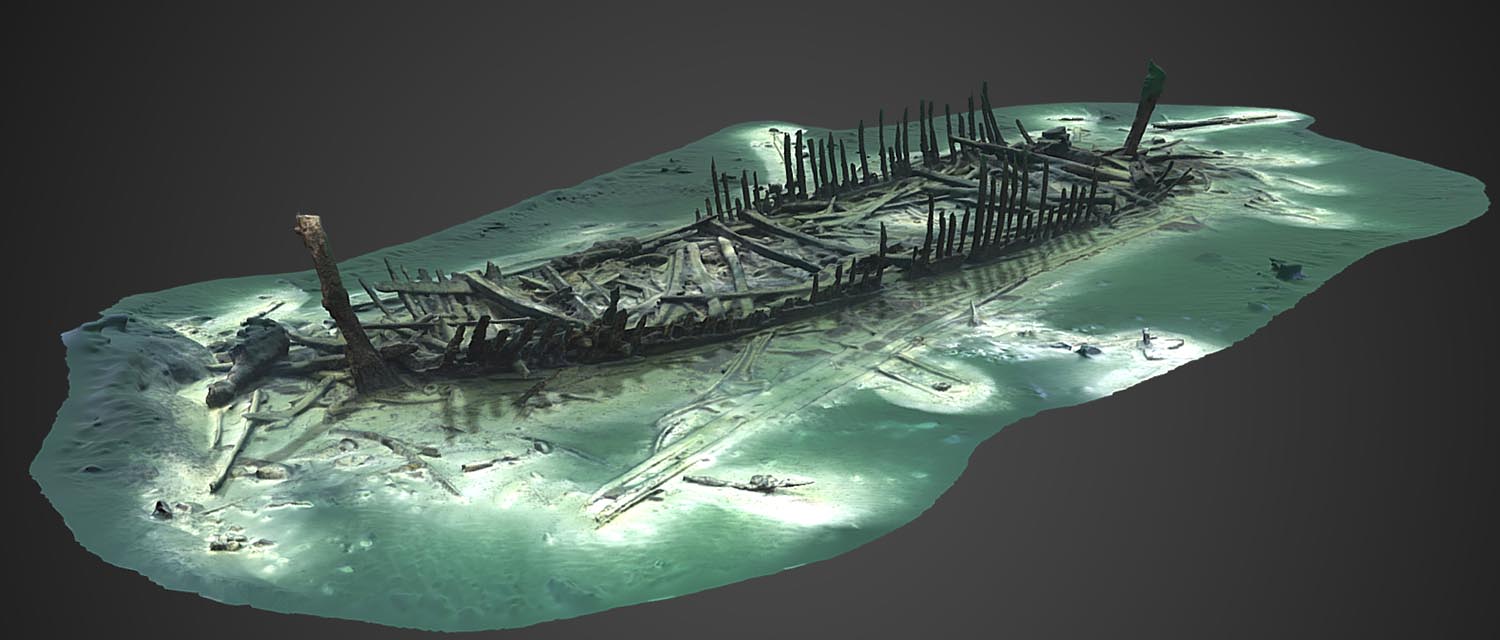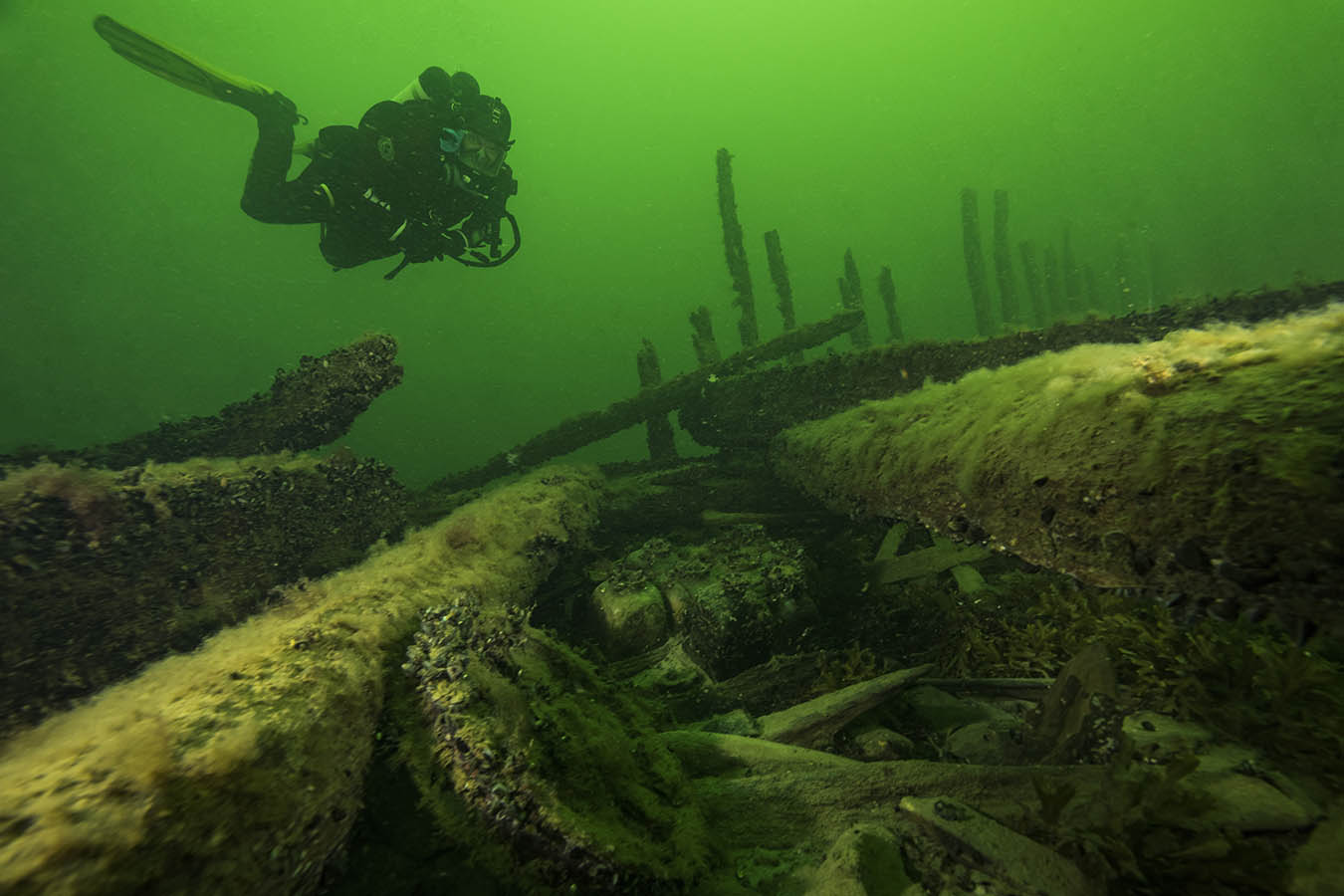In November 1660, a dramatic event took place in Stockholm's southern archipelago. Resande Man, one of the Swedish navy's smaller warships, was on its way to Poland on an important diplomatic mission. The ship sank and 38 people lost their lives. On board were Ambassador Count Christoph Carl von Schlippenbach and his delegation. Captain Hans Månsson led the crew. Also on board was the captains fiancée.
Resande Man, 'Travelling Man', sailed from Dalarö in the Stockholm archipelago. At Landsort, the ship anchors due to severe weather. But the weather got worse and turned into a blizzard. The ship drifted towards rocks and skerries and began to leak. Two tenders were launched. The smaller one overturned and the larger one soon became overcrowded. People ran up the rig, but most fell off and disappeared in the waves. A few clung to the top which appeared just above the surface of the sunken ship below.
By rowing and paddling with an oar and a few pieces of plank, the survivors in the tender managed to get ashore. Early the next morning, the embassy secretary Andreas Bjugg was able to call for help. Several bodies were later salvaged from the sea, including of von Schlippenbach's.
Andreas Bjugg reported on the sinking and also later wrote about the dramatic course of events. He also ordered a painting depicting the doom of the Resande Man.
Bjugg completed the diplomatic mission to Poland shortly after the sinking of the Resande Man, with another delegation. He then continued his diplomatic career and was knighted a few years before dying in 1679.
Bjugg's story spread throughout Europe and Resande Man was soon a mythical and sought-after ship. Many have thought they have found it. Finally, in 2012, the wreck was found.









